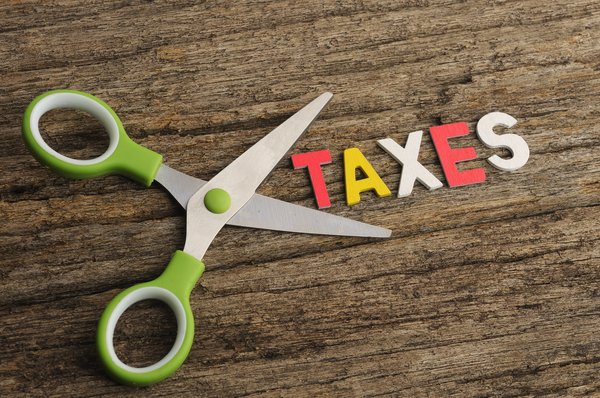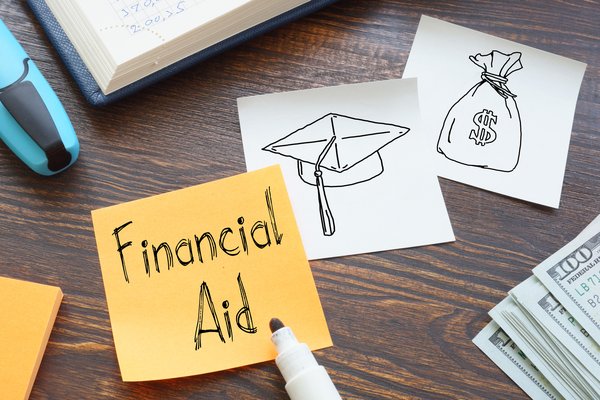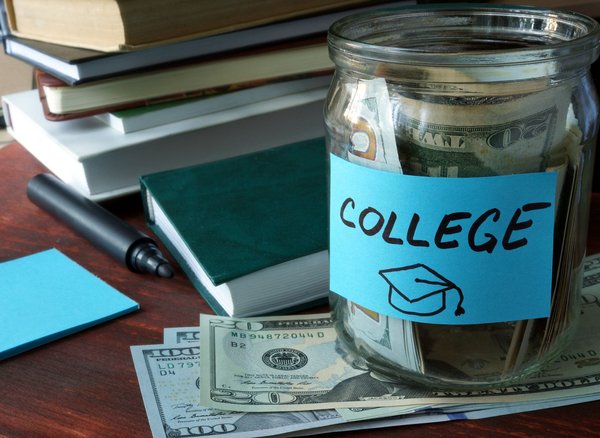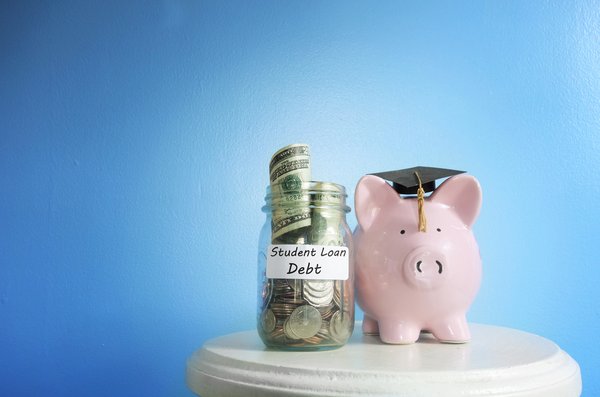Teacher loan forgiveness programs let eligible teachers have some or all their remaining student loan balances forgiven. Their eligibility criteria vary, so teachers need to ensure they're on the right path to qualify for forgiveness.
Here's a closer look at the various student loan forgiveness options for teachers.

What is it?
Understanding teacher student loan forgiveness
Federal and state governments have designed several programs to help ease the burden of student loan debt on teachers by providing pathways to loan forgiveness. These programs help eligible teachers obtain forgiveness on as much as 100% of their remaining student loan balances after they meet specific criteria. Teachers who want to qualify for one of these programs should carefully review the requirements to ensure they don't miss out on student loan forgiveness.
Most student loan forgiveness programs require that a teacher work for a qualifying school for a specific period. These programs also grant greater forgiveness to those teaching in a lower-income district or a particular subject. Teachers who want to maximize their student loan forgiveness may opt to work in a school or teach a subject that increases their total student loan forgiveness.
The four main options
Four loan forgiveness options for teachers
Eligible teachers have four potential pathways to receiving student loan forgiveness. Here's a look at the qualifications for these student loan forgiveness programs.
Public Service Loan Forgiveness (PSLF) Program
The Public Service Loan Forgiveness (PSLF) Program is a broad student loan forgiveness program for public servants, including teachers. It has several criteria:
- You must work for a qualifying employer, such as a government entity at any level (i.e., federal, state, local, or tribal) or not-for-profit organization (such as a 501(c)(3) or one that provides certain types of qualifying public services).
- You must have Direct Loans. Public servants with other types of federal loans (Federal Family Education Loans or Perkins Loans) must consolidate them into a Direct Loan with the Department of Education to receive forgiveness.
- You must have made the equivalent of 120 qualifying monthly payments (about 10 years' worth) under an accepted repayment plan while working full-time for a qualifying employer (starting no earlier than Oct. 1, 2007).
You also need to repay your loans under an income-driven repayment plan to receive the most value from this student loan forgiveness program.
The PSLF program will forgive a borrower's remaining balance on their federal Direct Loans after they make 120 qualifying payments.
Direct Loans
Teacher Loan Forgiveness (TLF)
The Teacher Loan Forgiveness (TLF) program will forgive as much as $17,500 of a teacher's Direct Loans or Federal Stafford Loans (subsidized or unsubsidized). This program has two qualifications:
- You must have been employed as a full-time teacher at an eligible school for five complete and consecutive school years.
- At least one of those academic years must have been after the 1997–98 school year.
Subsidized Student Loans
Unsubsidized Student Loans
The TLF program will forgive as much as $17,500 in student loan debt for certain highly qualified special education, secondary math, or science teachers. All other eligible teachers can receive as much as $5,000 in student loan forgiveness.
Parent PLUS Loans and Perkins Loans aren't eligible for this student loan forgiveness program. Also, time spent teaching through AmeriCorps doesn't count toward a teacher's eligibility for this program.
Perkins Loan Cancellation for Teachers
Teachers with Perkins Loans can potentially receive forgiveness under Perkins Loan Cancellation for Teachers. This program will forgive as much as 100% of a teacher's federal Perkins Loans if they teach full-time at a low-income school or if they teach specific subjects.
Eligible teachers will receive the following forgiveness in increments:
- 15% of their Perkins Loan balance canceled per year for the first two years of their teaching service.
- 20% canceled annually for the third and fourth years of service.
- 30% canceled for the fifth year of service.
Amounts canceled include any interest accrued during the year.
Teachers should check to see if their school qualifies as low-income. If it doesn't, teachers may still qualify for Perkins Loan Cancellation if they teach math, science, foreign languages, or bilingual or special education. In addition, people teaching different subjects in some states can receive cancellation under this program if the state education agency determines there is a shortage of qualified teachers.
Teachers in private schools can also receive cancellation under this program if their school has nonprofit status or provides elementary or secondary education according to state law.
State-sponsored student loan forgiveness programs
Many states have programs for forgiving student loans for teachers. Most of these programs are specifically for those who teach in an area with high need to incentivize teachers to work in those districts. Teachers interested in whether their state offers a forgiveness program should contact their state's education agency for more information.
The bottom line
The bottom line on teacher loan forgiveness
Governments have provided several ways for teachers to eventually receive forgiveness for a portion (and sometimes all) of their student loan debt. These programs require that teachers meet specific qualifications to receive forgiveness. Teachers need to review each program carefully to ensure they are on the right track to maximize their potential future forgiveness.




























